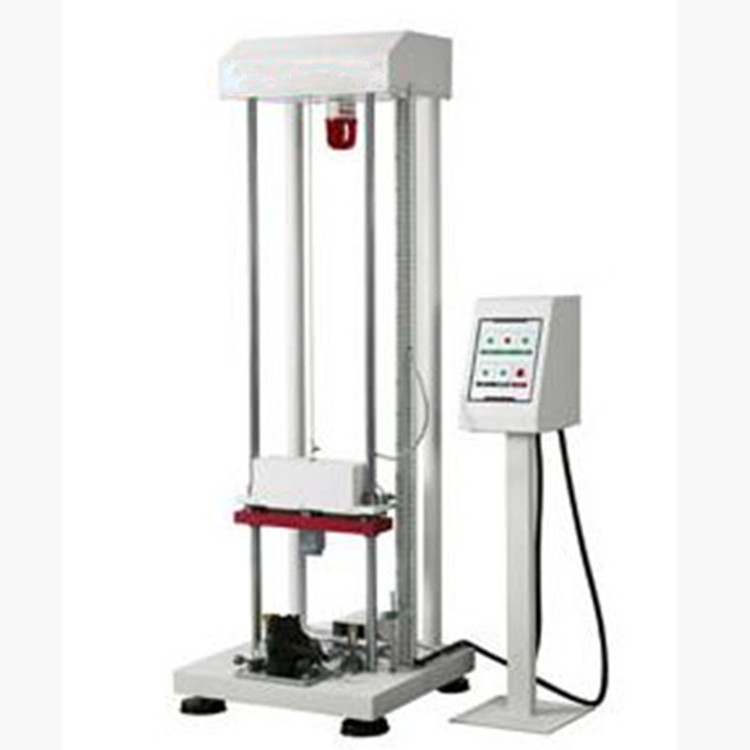Safety shoe impact testing machine
Safety Shoe Impact Testing Machine: High-Energy Compliance Solution
The safety shoe impact testing machine is a specialized device designed to evaluate the energy absorption and protective performance of safety footwear under simulated impact conditions. This article details its applications, technical specifications, operational principles, and adherence to international safety standards, essential for ensuring worker safety in industrial environments.
Applicable Standards
The machine complies with global standards such as ISO 20344:2011 (personal protective equipment), ASTM F2412/F2413 (footwear impact resistance), and EN ISO 20345 (safety shoe certification), ensuring compliance for construction, manufacturing, and heavy industries.
Main Parameters
| Parameter | Specification |
|---|---|
| Impact Energy | 100 J–200 J (adjustable) |
| Drop Mass | 10 kg–25 kg (programmable) |
| Impact Height | 0.5 m–2 m (variable) |
| Anvil Material | Hardened steel or concrete |
| Sample Size | Up to EU 48 (adjustable fixture) |

Working Principle
The machine uses a guided drop tower to release a weighted mass onto the shoe’s toe or heel region. Sensors measure impact force, deformation depth, and energy transfer, with software calculating compliance to safety thresholds.
Test Principle
Energy Simulation: Replicates hazards like falling objects or compression forces.
Damage Assessment: Quantifies shoe integrity via deformation analysis and force-time curves.
Certification Support: Validates footwear for high-risk workplaces (e.g., ASTM F2413 ≥75 impact resistance).
This tester enables manufacturers to develop certified safety shoes, reducing foot injuries and ensuring adherence to global regulations. Its precision and modular design cater to diverse applications, from construction boots to athletic footwear, making it a cornerstone tool for protective equipment testing.

